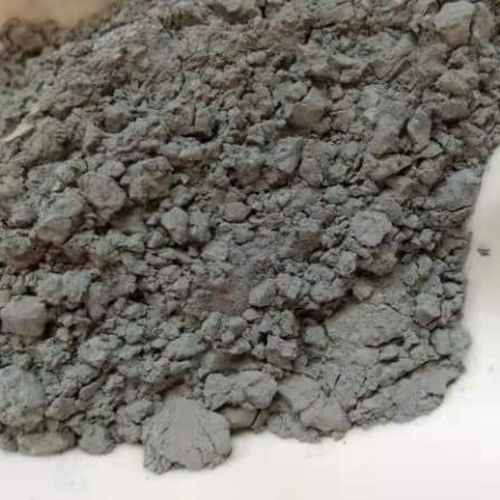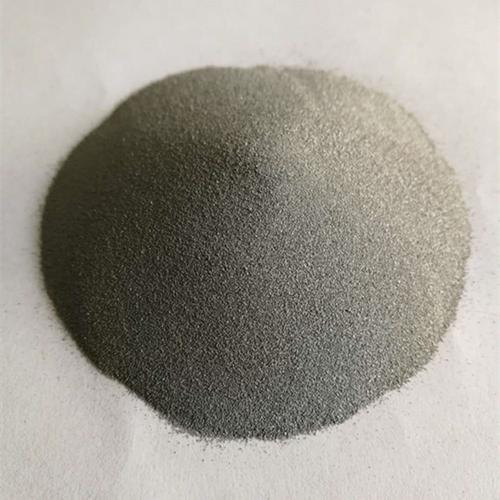**Metal Powder Storage: Staying Safe and Spark-Free!**
(How To Ground Metal Powder Containers)
Storing metal powder might sound simple. But tiny particles can create big problems if you’re not careful. One wrong move and static electricity could turn your storage containers into mini fireworks. Grounding them isn’t just a suggestion—it’s a must. Let’s break down how to do it right, step by step.
First, know why grounding matters. Metal powders—like aluminum, magnesium, or iron—are sneaky. They pile up static charges as they move or settle. Without a way to release that energy, a single spark can ignite the powder. Grounding containers gives that static a safe path to escape. No sparks, no surprises.
Start by picking the right container. Metal bins are best. Plastic might seem easier, but it’s a no-go. Plastic traps static instead of letting it flow. If you must use plastic, line it with conductive material. But metal is simpler. Make sure the container has a tight lid. Loose powder equals extra risk.
Next, find a solid grounding point. Look for a metal rod driven deep into the earth, a water pipe, or a building’s steel frame. Test it with a grounding meter to confirm it works. If the meter shows resistance below 10 ohms, you’re good. No meter? Call an electrician. Better safe than sorry.
Now, connect the container to the grounding point. Use a heavy copper wire or a braided metal strap. Clamp one end to the container’s bare metal surface. Scrape off paint or rust first—they block the connection. Attach the other end to your grounding point. Tighten everything. A loose wire is like a broken lifeline.
Check the connection regularly. Weather, wear, or accidents can mess things up. Touch the wire monthly. If it’s warm or looks damaged, replace it. Test the system with your grounding meter every few months. Write down the results. If numbers creep up, fix the issue fast.
Keep the area around containers clean. Spilled powder is a hazard. Sweep it up with a non-sparking brush. Store containers away from heat, flames, or humidity. Water won’t stop static, but it can make metal powder clump or rust.
Train everyone who handles the containers. Show them how grounding works. Explain why skipping steps is risky. Post clear instructions nearby. If someone new joins the team, walk them through it. Knowledge cuts accidents.
Still unsure? Watch for warning signs. If you feel a tiny shock when touching the container, the system isn’t working. Hear buzzing near the wire? Something’s wrong. Smell burning? Evacuate and call for help. Don’t guess.
Extra tip: Label containers clearly. Write the powder type, date stored, and safety steps. Use bold, easy-to-read stickers. If a container gets damaged, empty it into a backup right away. Patch or replace it before reuse.
(How To Ground Metal Powder Containers)
Grounding isn’t glamorous. But neither are explosions. Spend a little time setting things up. Check them often. Teach your team. Metal powders demand respect—give it to them, and they’ll stay where they belong: in the container, not the air.
Inquiry us
if you want to want to know more, please feel free to contact us. (nanotrun@yahoo.com)


